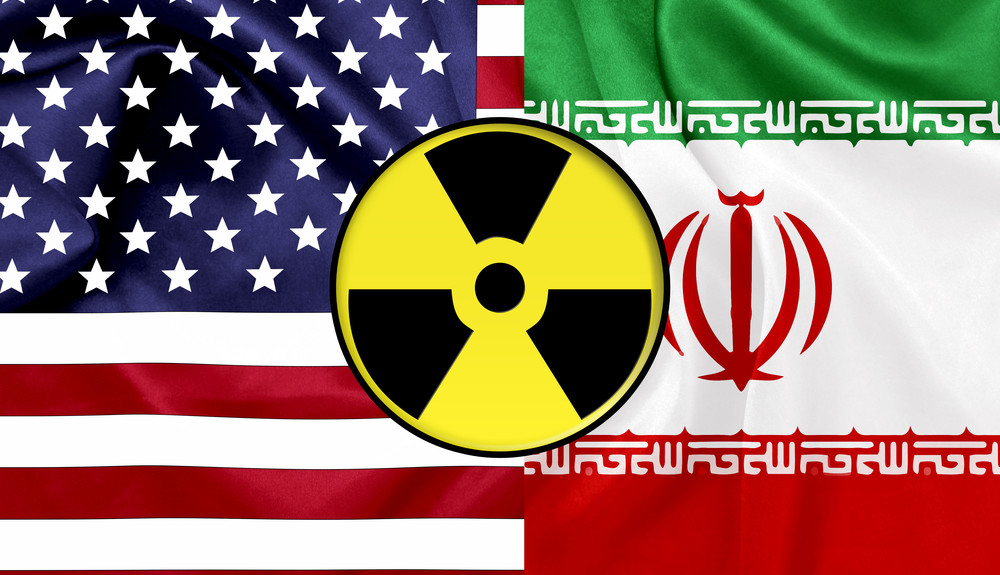The Iran Deal that was finalized last month is extremely controversial and a little confounding. While there are plenty of Americans for it, there are just as many Americans railing against it.
That’s fine. The United States is a democracy, after all, and debate (if done right) is both healthy and constructive.
It’s not okay, however, when people on either side of the argument dispel misinformation which can — let’s face it — just as easily transform itself into an ugly, damaging weapon: yes, “propaganda”.
So let’s perform our due diligence here and melt this speeding snowball — that “nuclear inspectors must wait 24 days before visiting any place in Iran that is not a declared nuclear site”.
Sounds bad, right? Sounds like it gives Iran a huge loophole to render the entire agreement useless, allowing them enough time to hide any and all nuclear activity that would violate the bargained trust.
It’s not, though. Because it’s not entirely accurate.
Vox likens it to the whole “death panels” scare that was blown out of proportion by media talking heads to stifle the noise and push for Obamacare. Here’s how they simplify this current misinterpretation and attempt to calm everyone the hell down:
When it comes to inspections, the deal divides Iran into two kinds of sites: declared nuclear sites and every other place.
The declared nuclear sites include any place where nuclear work is happening: uranium mines, uranium plants, centrifuge factories, and of course enrichment sites, which means the places where centrifuges spin up nuclear material. At those sites, inspectors do not have to wait. They will have nuclear sites under continual monitoring.
But what about the rest of the country? What if inspectors worry that Iran might be conducting secret nuclear work someplace else? It’s happened before, after all. But this was always going to be a hard problem, and so-called “anytime, anywhere” inspections are not realistically possible: Generally, only countries that have lost a war can be forced to agree to something so obtrusive. And a country like Iran, which fears an attack from the US, worries that Western inspectors could abuse access to military sites to give their governments intelligence on Iran’s non-nuclear military programs.
So the deal struck a compromise that actually gives inspectors pretty good access: If they want to go someplace that is not a declared nuclear site, they can demand access.
Here’s what happens if they do:
- Iran has to grant access within 24 hours, unless it objects to the validity of the demand.
- If Iran objects, it and inspectors enter negotiations. If they agree to disagree, the issue gets kicked to a special international commission that includes the US and the other countries that signed the nuclear deal. If it’s been 14 days and they’re still talking, it goes to the international commission (made up of US, UK, France, Germany, EU, China, Russia, and Iran).
- The international commission votes on whether to force Iran to comply. The US and its European allies have a majority on the commission, so if they agree they can overrule the other members. They can hold that vote right away, or they can wait up to seven days.
- If the commission votes to force Iran to comply, Iran has to let in the inspectors within three days. If it doesn’t, the international sanctions will “snap” back into force.
It’s a distortion. A delay of 24 days would rely on not only Iran pushing the inspection to its longest possible delay, but the U.S. stringing it along as well.
Still want to get a better feel? Here’s a video about the agreement and how it works, explained in just three minutes:




































